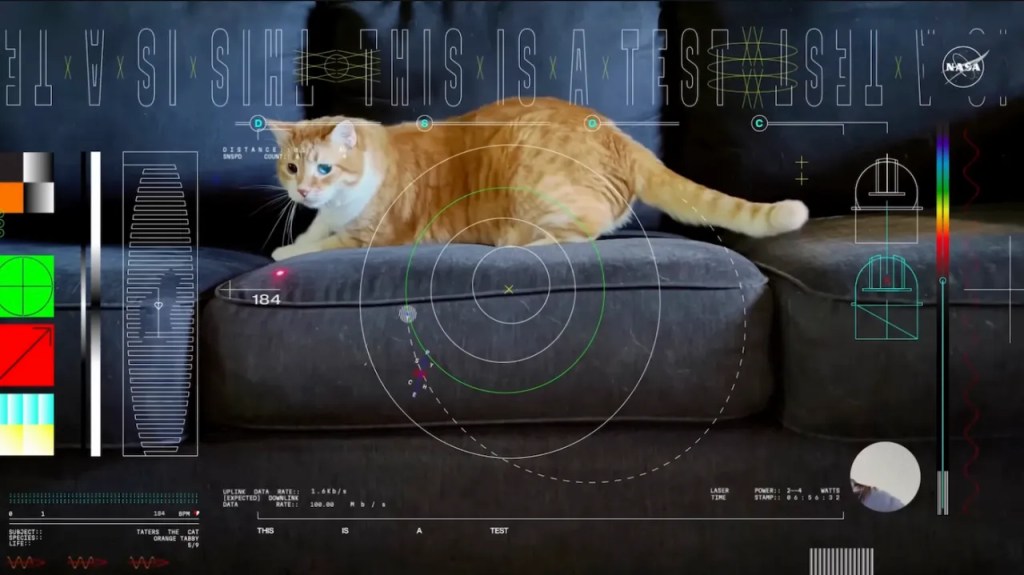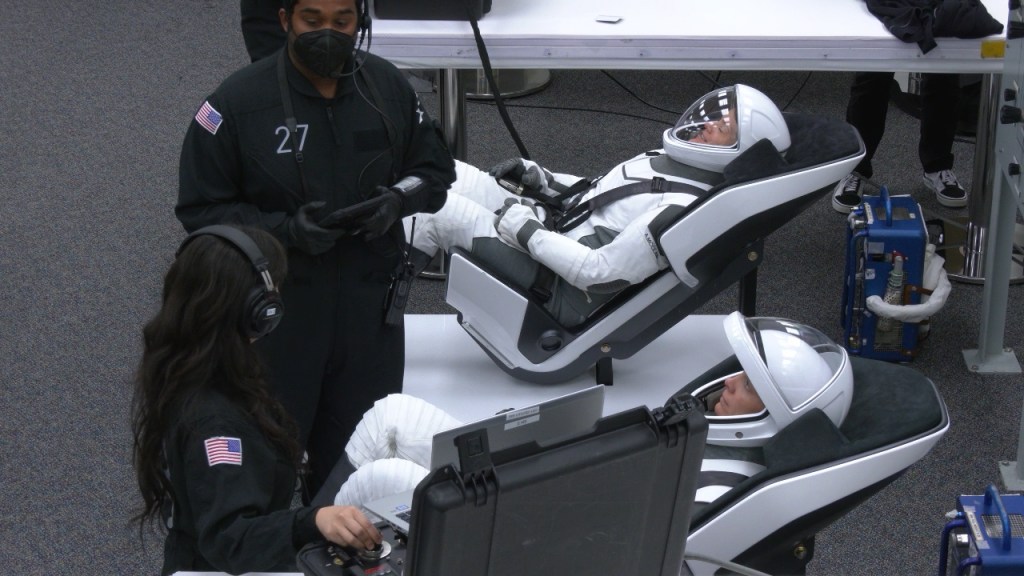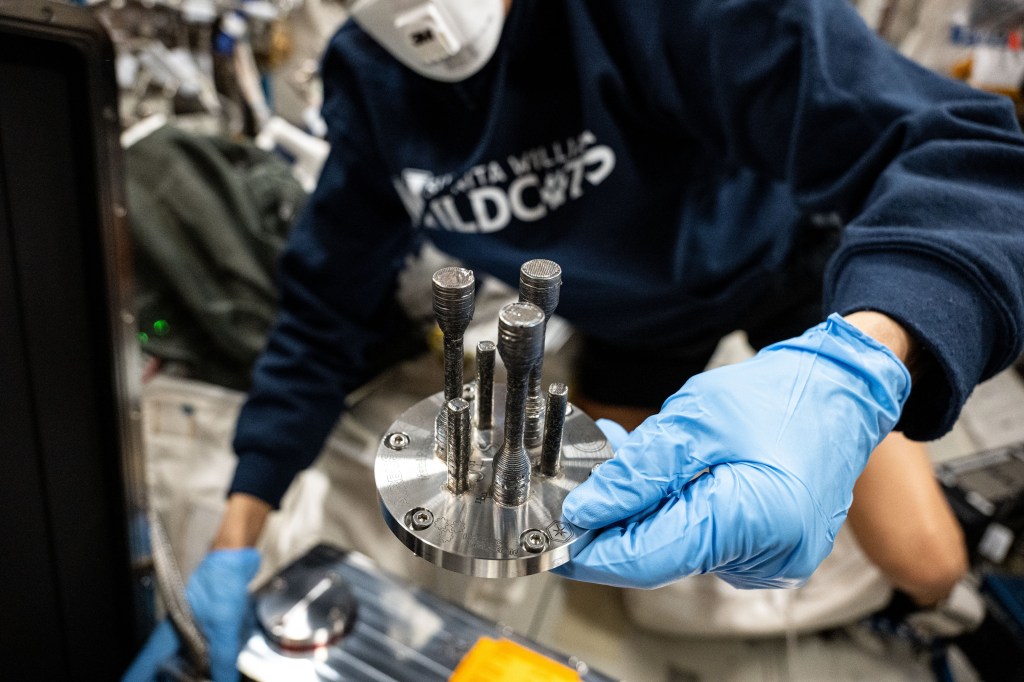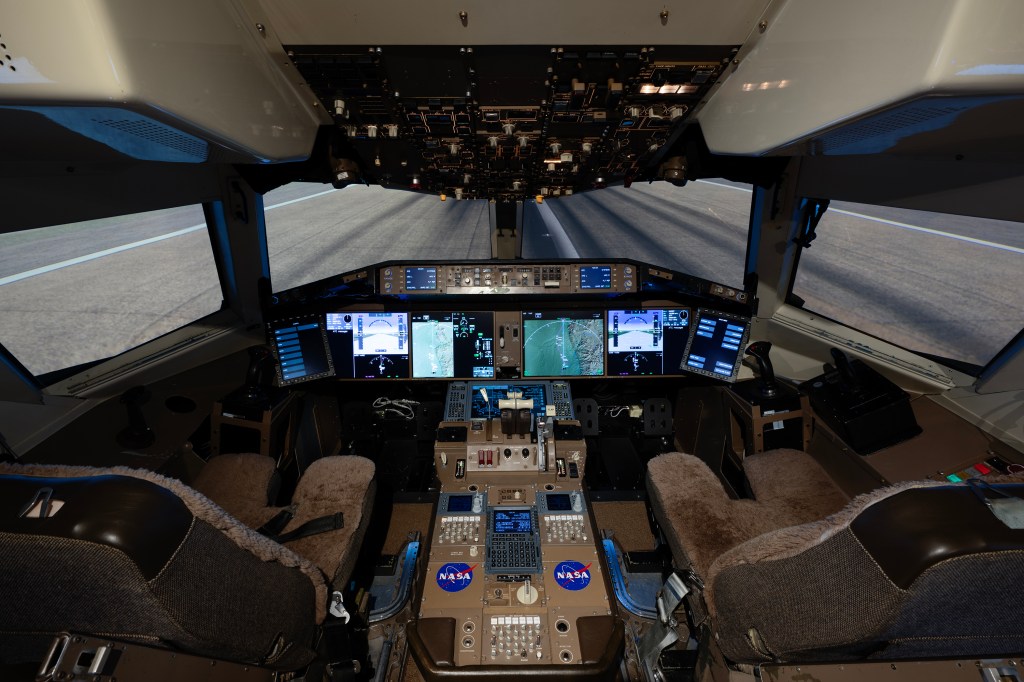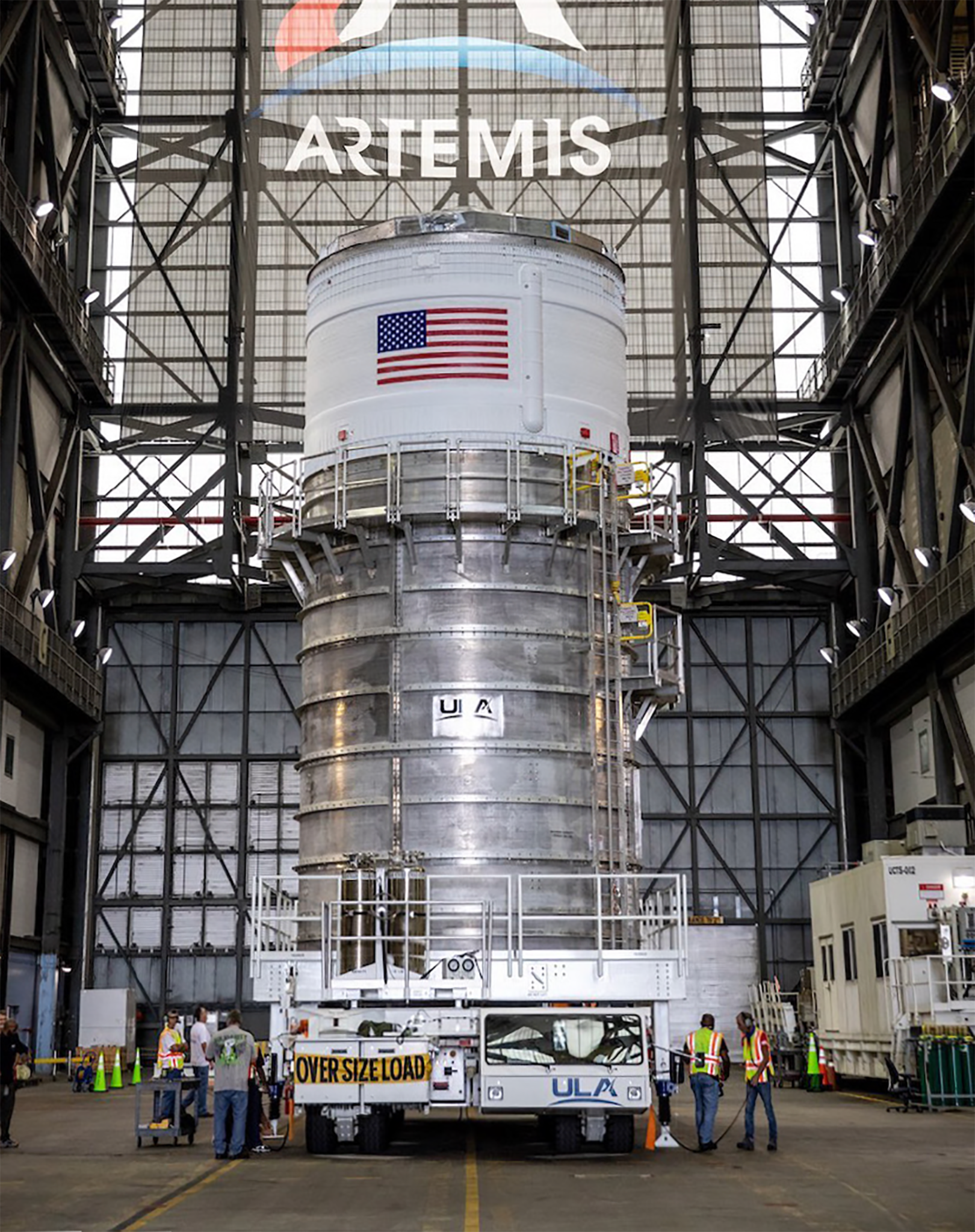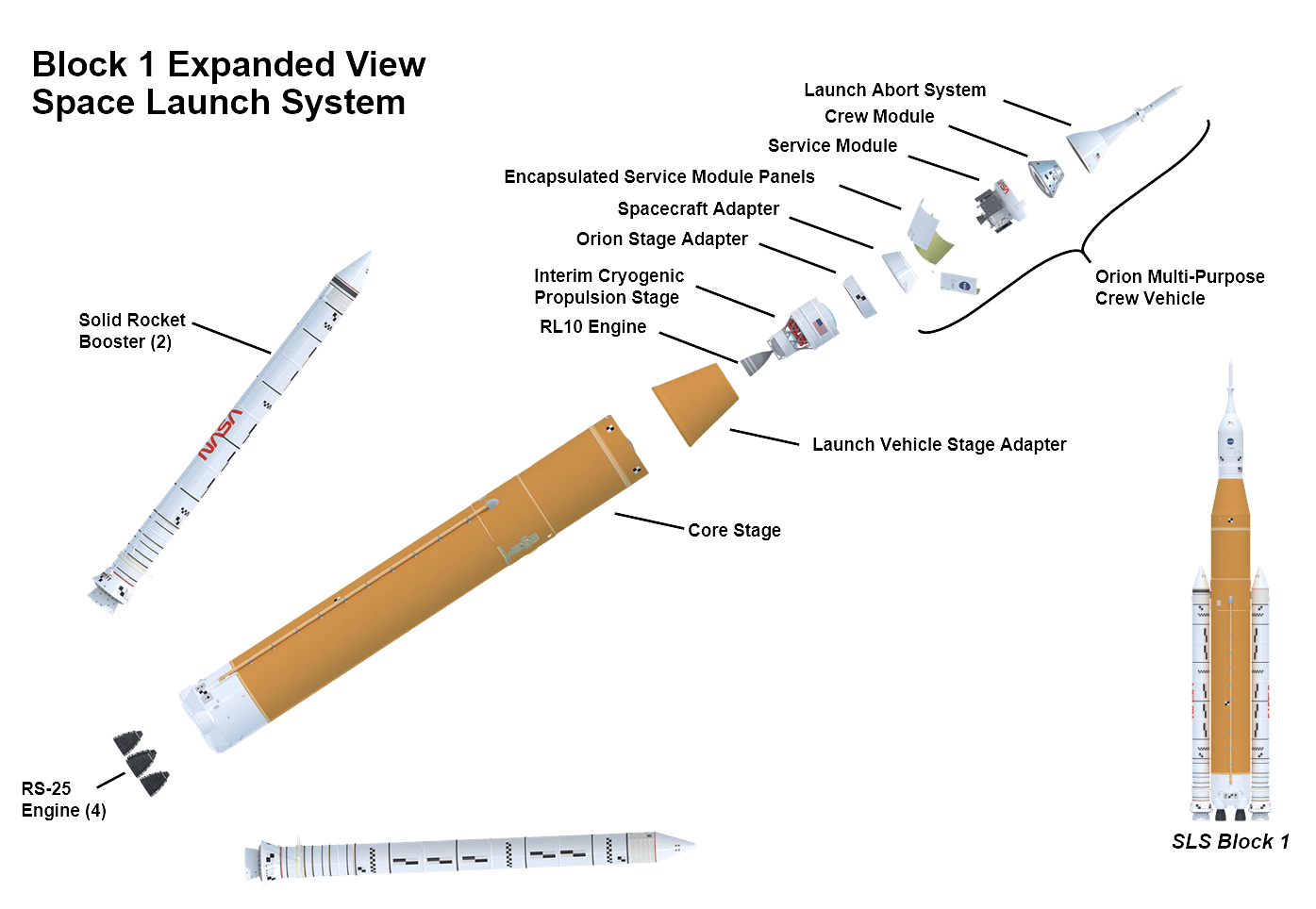Space Launch System Interim Cryogenic Propulsion Stage (ICPS)
Measuring 45 ft (13.7 m) tall and 16.7-foot (5.1 m) in diameter, the ICPS is a single-engine liquid hydrogen/liquid oxygen-based system that provides in-space propulsion after the solid rocket boosters and core stage are jettisoned.
During the Artemis I uncrewed test mission of Orion and SLS, the ICPS will give Orion the big push needed to fly beyond the moon before the spacecraft returns to Earth. Built by Boeing and United Launch Alliance, the ICPS is a modified Delta Cryogenic Second Stage, a proven upper stage used on United Launch Alliance’s Delta IV family of launch vehicles.
Modifications for SLS include lengthening the liquid hydrogen tank, adding hydrazine bottles for attitude control, minor avionics changes, and a modified liquid hydrogen vent and relief valve that supports RL10 in-flight engine restart.
The ICPS is powered by one Aerojet Rocketdyne RL10 engine and generates 24,750 lbs. of maximum thrust. The propulsion system is managed under the SLS Program by the Spacecraft and Payload Integration and Evolution Office at the Marshall Space Flight Center.
Interim Cryogenic Propulsion Stage Details
- Height: 43 feet (13 meters)
- Diameter: 17 feet (5 meters)
- Propellant: Liquid Hydrogen/Liquid Oxygen
- Engine: 1 Aerojet Rocketdyne RL10
- Thrust: 24,750 lbs.
- Contractors: Boeing, United Launch Alliance
For more information about SLS, visit:
https://www.nasa.gov/artemis
https://www.nasa.gov/sls
http://www.twitter.com/NASA_SLS
http://www.facebook.com/NASASLS
http://www.instagram.com/exploreNASA

